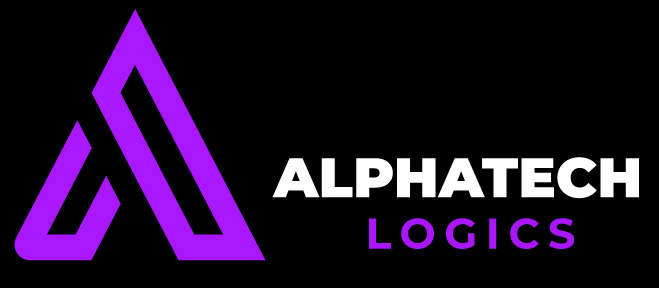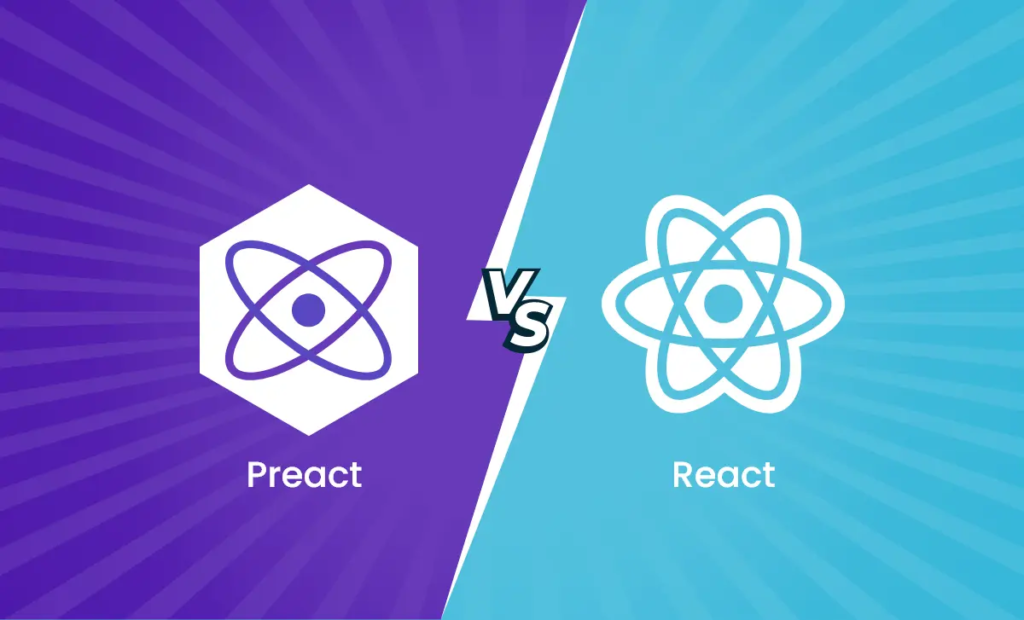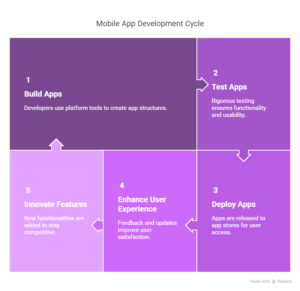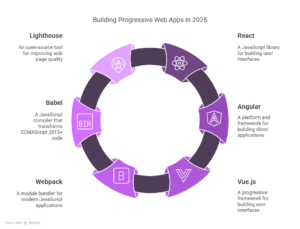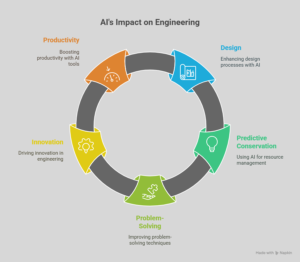Preact vs. React: A Comprehensive Comparison for 2025
When building fast, interactive web applications in 2025, choosing the right JavaScript library can make a big difference. Two popular options are React and Preact. Both are used to build user interfaces, especially single-page applications (SPAs), but they have key differences in size, performance, and use cases.
If you’re wondering whether to use Preact or stick with React, this comparison will help you make an informed decision.
✅ What Are React and Preact?
React
React is a widely-used JavaScript library developed by Facebook (now Meta). It powers many large-scale apps like Instagram, Facebook, and Airbnb. It’s known for its Virtual DOM, component-based architecture, and strong ecosystem (hooks, context, Next.js, etc.).
Preact
Preact is a lightweight alternative to React. It offers the same modern API (including hooks) but with a much smaller size. Think of it as React with a diet — ideal for speed-focused or resource-constrained applications.
📦 Size & Performance
| Feature | React | Preact |
| Bundle Size | ~35 KB (min+gz) | ~4 KB (min+gz) |
| Performance | Fast | Even faster (lighter footprint) |
| Startup Time | Slightly slower | Much faster |
Why it matters:
Smaller apps load faster, especially on slow networks. Preact is a great choice for mobile-first, performance-focused apps.
🔁 Compatibility
- React has more features built-in and supports advanced APIs like React.lazy, Suspense for data fetching, React Server Components, and more.
- Preact aims for compatibility with React, but some features may be missing or behave slightly differently.
✅ Preact/compat: Preact provides a compatibility layer that lets you use most React libraries seamlessly — but not all.
⚙️ Ecosystem and Community
| Aspect | React | Preact |
| Community Size | Huge | Smaller but active |
| Library Support | Massive | Moderate (via preact/compat) |
| Learning Resources | Abundant | Fewer, but growing |
If you rely on third-party React libraries (like Redux, Material UI, etc.), React is a safer choice. If you’re building something custom or lightweight, Preact can still work well.
🧠 Developer Experience
Both libraries offer:
- Functional components
- Hooks (useState, useEffect, etc.)
- JSX support
However, React has better developer tooling (like React DevTools, better error messages, strict mode, and more debugging support).
Preact’s tooling is simpler and designed for lean, production-first builds — but it’s catching up fast.
🧪 Use Cases
Choose React if:
- You’re building a large-scale app
- You need full React features and ecosystem
- You use tools like Next.js or React Native
- Your team is already experienced with React
Choose Preact if:
- You need a blazing-fast, tiny web app
- You’re building PWAs, embedded widgets, or micro frontends
- You want near-React API with better performance
- You’re focused on Core Web Vitals or constrained devices
🔮 What’s New in 2025?
React continues evolving with features like:
- React Server Components (RSC)
- Concurrent features
- Improved Suspense and async rendering
Preact is also improving compatibility and performance, especially for edge environments and IoT interfaces.
🚀 Final Thoughts
| Feature Area | Best For React | Best For Preact |
| Large Applications | ✅ Yes | ❌ Limited |
| Lightweight/Speed | ❌ Bigger Bundle | ✅ Ultra-Light |
| Compatibility | ✅ Full React Ecosystem | ⚠️ Most (via preact/compat) |
| Tooling | ✅ Strong | ⚠️ Minimal |
| Learning Curve | ⚠️ Slightly Steeper | ✅ Simpler |
Bottom Line:
React is a robust, full-featured library for complex apps. Preact is a fast, lightweight alternative for simpler or performance-critical projects. In 2025, both are solid — it just depends on your project goals.

